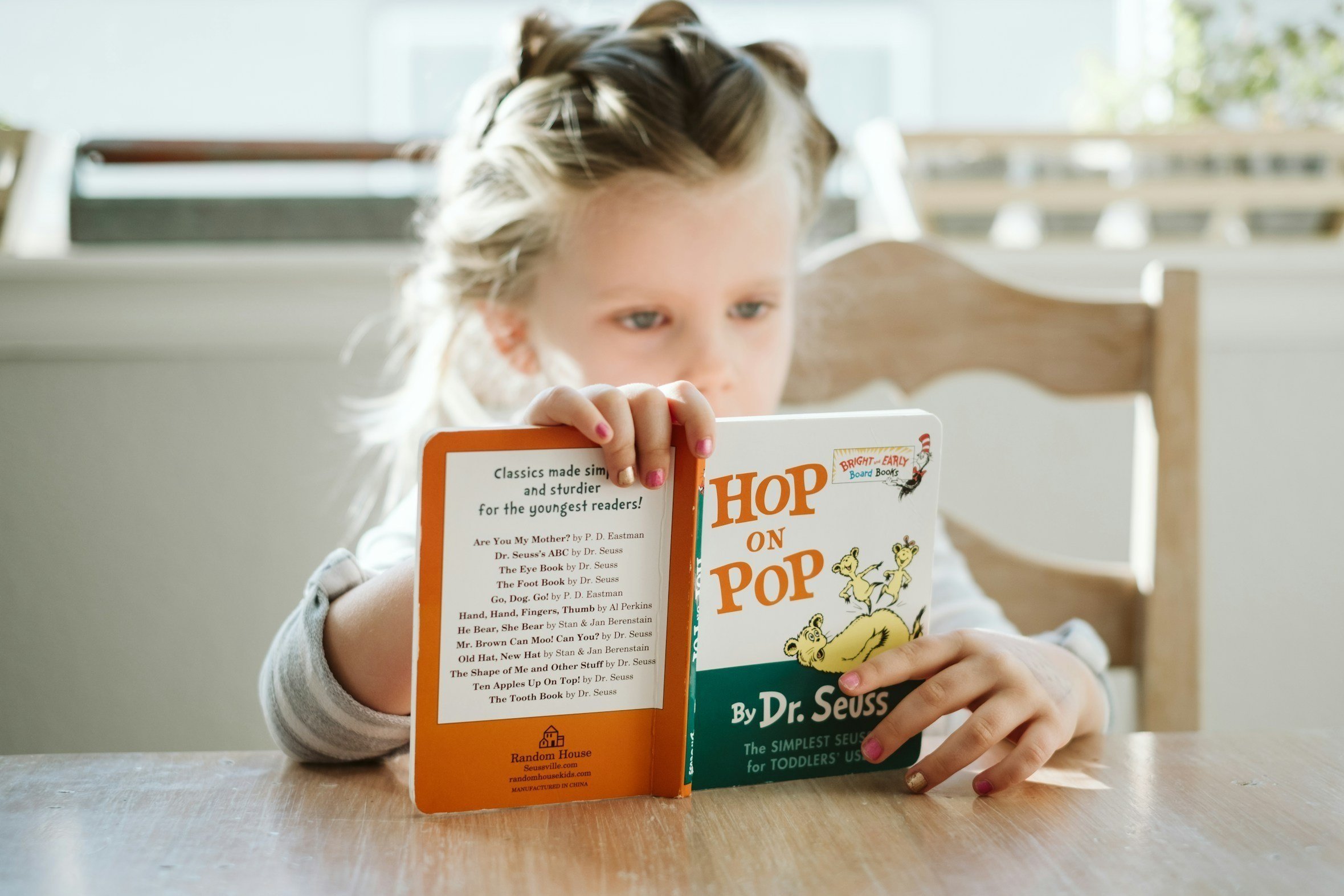Early Intervention for Dyslexic Students: Why It Matters
Early intervention is the gold standard for language development…
What about reading?
In the field of speech language pathology, early intervention is the gold standard.
Research and practice has shown us that early identification of children whose understanding and use of language may be delayed is beneficial for progress. Beginning speech therapy at an early age can significantly improve a child’s communication abilities.
So, if early intervention works for speech and language development…what about reading?
Typically, the process of “learning to read” occurs from Kindergarten-2rd grade. In 3rd grade, a shift occurs, where students are now expected to “read to learn.” Yet according to the 2024 National Assessment of Educational Progress (NAEP) Reading Assessment, only 31% of 4th graders scored as “proficient" readers for their grade level.
Why are 4th grade students struggling to read? And why aren’t we seeing more early intervention when it comes to reading?
Early intervention is especially crucial for students with dyslexia.
Dyslexia is a language-based learning disability that affects about 20% of the population and causes difficulties with reading, spelling, writing, and organizing language. It is primarily caused by challenges with phonemic awareness (identifying and manipulating sounds in words) and phonics (sound-letter correspondence) due to differences in neural pathway function in the brain.
Dyslexia is not related to intelligence. Dyslexic students may show many strengths, such as having a vivid imagination, strong vocabulary, and excellent problem-solving skills.
While dyslexia is not related to intelligence, it can have significant impacts on a child's self-esteem and academic performance.
Is early intervention effective when it comes to reading?
YES!
Early intervention in reading not only helps children develop the skills they need to succeed academically but also boosts their self-esteem. Research and practice have shown us that dyslexic students can learn to read if supported with systematic, multi-sensory, and explicit instruction.
When should early intervention begin?
Risk factors for dyslexia can be observed as early as Kindergarten. Between Kindergarten and 1st grade, a gap may begin to appear between “typical” readers and dyslexic readers.
As a result, receiving explicit instruction in phonological awareness (e.g. rhyming, syllables) and phonics ( letter-sound correspondence), as well as blending and other important skills can make a huge difference at this age.
Wondering what to look for?
Children with dyslexia may exhibit:
Delayed speech development
Challenges with learning the alphabet
Difficulty recognizing rhymes and breaking down words into sounds
Difficulty reading and/or writing “nonsense” words (as opposed to real words, which may be memorized)
Family history or family members with dyslexia
Having personally worked with and supported dyslexic students, I strongly believe screening and early intervention can make a world of difference!
----------------------------------------------------------------------
Interested in learning more?
Yale University and Dr. Sally Shaywitz offer a fantastic FREE course called “Overcoming Dyslexia” (link below).
https://www.coursera.org/learn/dyslexia
Enjoyed this post? Share it!
Looking for support for your child? Give us a call or send us an email!


